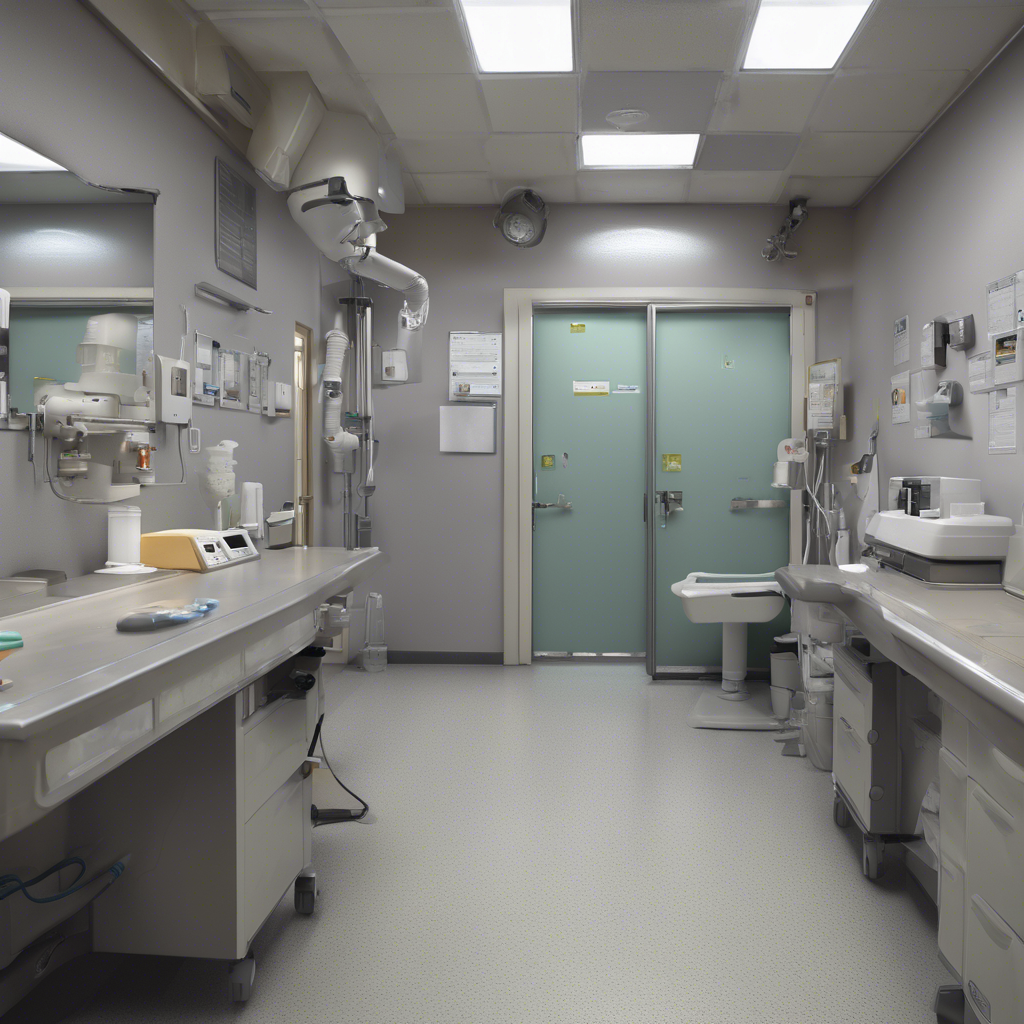Uncovering the Unseen: Understanding Building Pressurization, Pollutant Pathways, and Infection Control
- Jeffery Gauthier
- Aug 2, 2024
- 2 min read
Updated: Aug 10, 2024

In the realm of infection control, the unseen can often be the most crucial element to address. Establishing a deep understanding of building pressurization and pollutant pathways is imperative in ensuring a safe environment where contagions struggle to thrive. As a professional in the field, whether you manage a healthcare facility, laboratory, or any space where infection control is paramount, staying informed about these intricate details is non-negotiable.
Exam Room Pressurization: The Role of Negative Pressure
Examining your exam room's pressurization status is a fundamental step towards minimizing the risk of contamination and transmission of infectious diseases. Negative pressure is the key force that ensures potentially contaminated air stays within the confines of the room, thus preventing it from escaping into other areas of your facility. This simple yet critical concept forms the basis of an effective infection control strategy.
The Significance of Pollutant Pathways
Pollutant pathways serve as the invisible highways through which harmful particles can travel within a building. Identifying and understanding these pathways is akin to mapping out the routes that pathogens can take, enabling you to establish barriers and safeguards to impede their journey. Incorporating a thorough consideration of pollutant pathways into your protocols and operating procedures is a proactive measure that enhances your infection control practices significantly.
Building Pressurization: A Basic Overview
Building pressurization refers to the relationship between the air pressure inside a building and its surroundings. Ensuring the right balance of pressures is essential for maintaining a controlled environment that minimizes the infiltration of contaminants. Positive pressure can be used to keep external pollutants at bay, while negative pressure is employed in spaces where containing internal contaminants is paramount.
Seeking Expert Assessment or Knowledge Sharing
To determine whether your exam room adheres to the necessary negative pressure standards or to gain a deeper insight into pollutant pathways within your building, enlisting the expertise of a qualified Test and Balance (TAB) contractor is a valuable option. These professionals can conduct assessments and provide detailed reports to guide your infection control efforts effectively.
Alternatively, you can opt to receive regular updates and expert insights on micro indoor building science, mechanical engineering, and Indoor Air Quality (IAQ) best practices by subscribing to our mailing list. This curated information will empower you with the knowledge needed to make informed decisions and implement proactive measures to safeguard your environment.

In conclusion, by delving into the intricacies of building pressurization, understanding pollutant pathways, and prioritizing infection control measures, you pave the way for a safer and healthier environment for all occupants. Stay informed, stay proactive, and stay committed to uncovering the unseen factors that can make all the difference in ensuring optimal infection control standards.






Comments